-
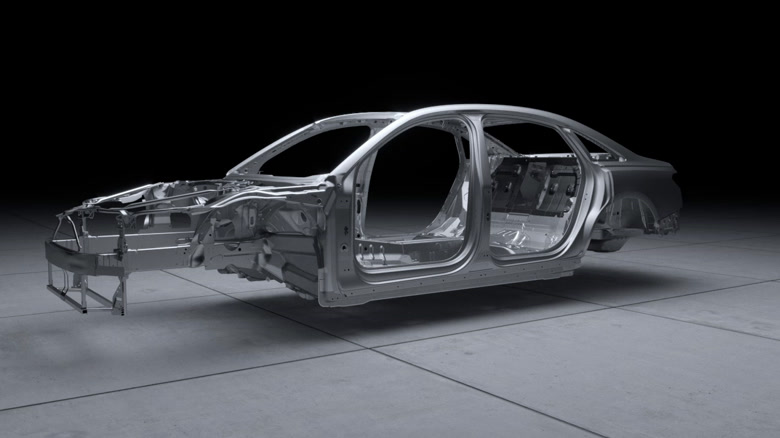
Audi A8 - Multimaterial Audi Space Frame Audi Space Frame
Audi Space Frame
When it introduced the first A8 in 1994, Audi had not only developed the radically new ASF design and put it into series production, it had also developed all of the steps required for its production. The launch was preceded by a development process lasting 12 years. Since this time Audi has built on its competitive edge step by step. The arc spans three generations of the A8 and also includes the A2 along with its legendary three-liter version, the A2 1.2 TDI. By the end of 2010 alone, the company had produced some 550,000 vehicles with the ASF body – far more than any other manufacturer in the world.
- Available media:
-

-
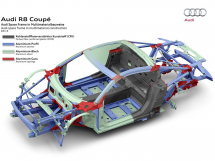
New Audi Space Frame with high proportions of aluminum and CFRP
New Audi Space Frame with high proportions of aluminum and CFRP
The R8 V10 plus* has a dry weight of 1,454 kilograms (3,205.5 lb). The key factor behind the consistent lightweight design is the body shell with multimaterial Audi Space Frame (ASF): It weighs only 200 kilograms (440.9 lb). The resulting unladen weight of 1,555 kilograms (3,428.2 lb) leads to a superior power-to-weight ratio of 3.46 kg/kW (2.55 kg/hp).
- Available media:
-

-
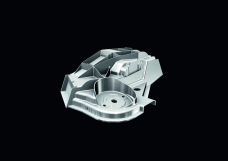
Aluminium as a material
Aluminium as a material
Aluminum is an excellent material for vehicle bodies. With its low density of 2.7 grams per cubic centimeter (0.098 lb per cu in), it is roughly two-thirds lighter than conventional grades of steel, and since it is a relatively soft metal, it is easy to machine. Alloys, the most important components of which are magnesium and silicon, provide the high strength necessary for vehicle bodies.
- Available media:
-

-
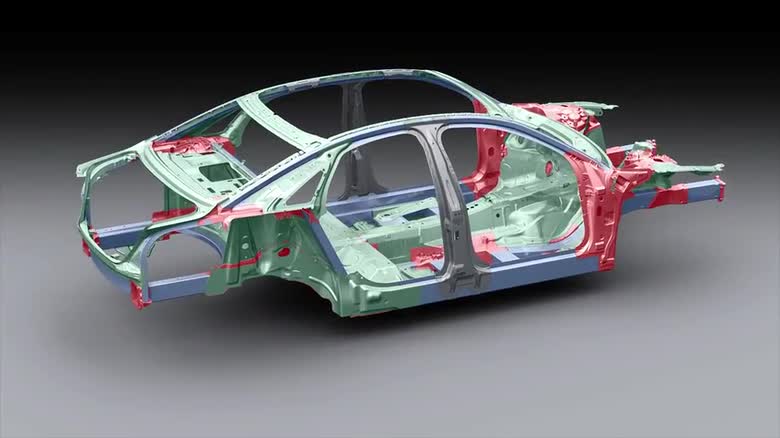
Semi-finished components Semi-finished components
Semi-finished components
The ASF body comprises three semi-finished components: extruded sections, diecast components and aluminum panels. Audi engineers employ each of these components following the principle: “The right material in the right place for optimal function.”
- Available media:
-

-
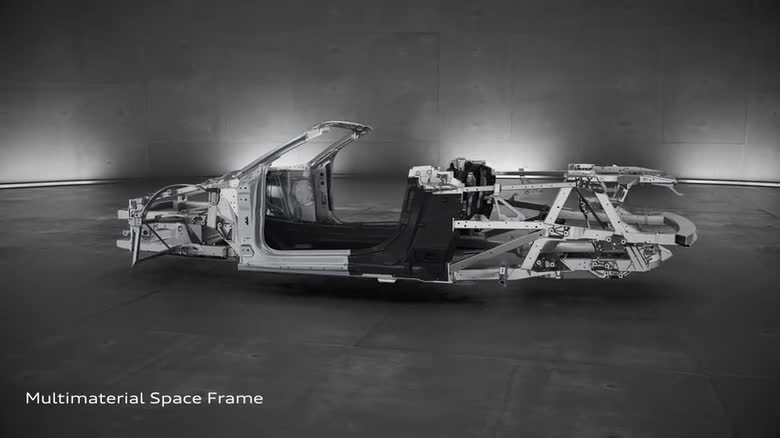
Audi R8 Spyder V10 - multimaterial construction principle Audi R8 Spyder V10 – Audi Space Frame
Audi R8 Spyder V10 – Audi Space Frame
According to DIN unladen weight without driver, the new Audi R8 Spyder* tips the scales at just 1,720 kilograms (3,792.0 lb); dry weight is a mere 1,612 kilograms (3,553.9 lb). The key to this outstanding figure is the new multimaterial Audi Space Frame (ASF). It combines aluminum components with components made of structurally integrated carbon fiber-reinforced polymer (CFRP). The ASF in the new Audi R8 Spyder has a total weight of just 208 kilograms (458.6 lb).
- Available media:
-
